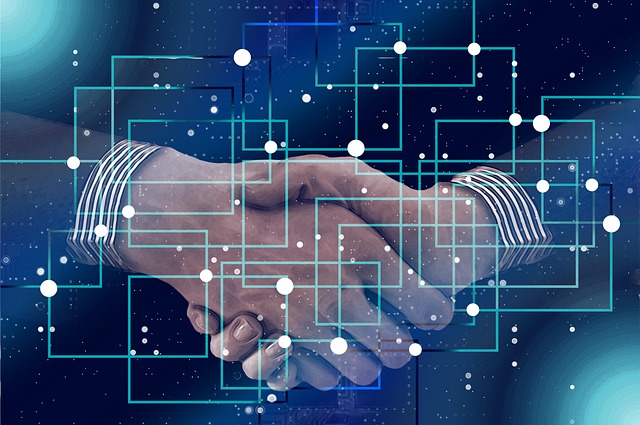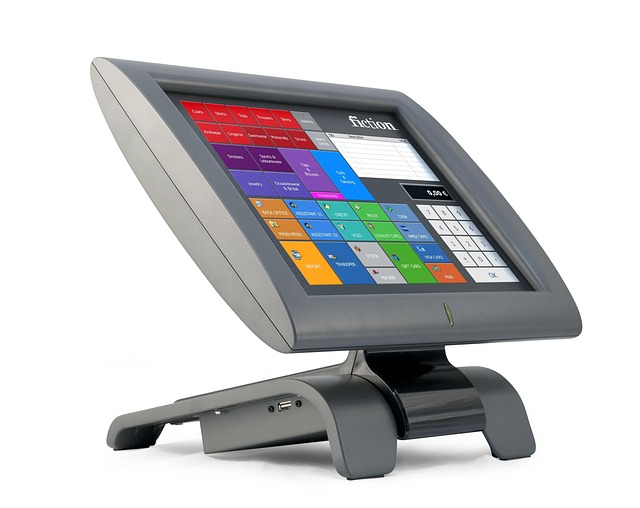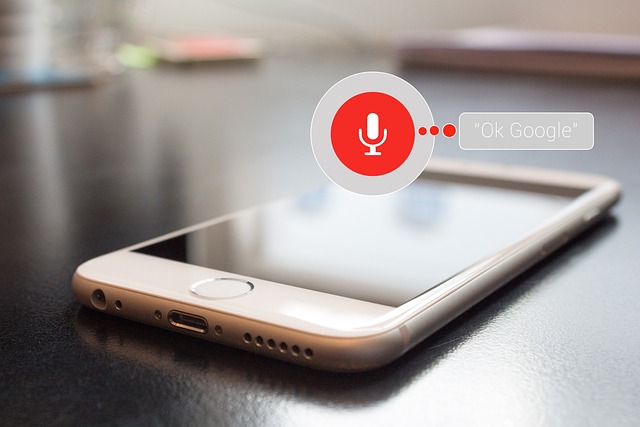In today’s hyper‑connected marketplace, companies are turning to the convergence of artificial intelligence and distributed ledger technologies to create smarter, more resilient operations. By combining machine learning models with immutable data streams, the concept of AI and blockchain integration moves beyond theoretical promise and becomes a tangible engine for efficiency, security, and innovation across industries.
The Foundations of AI and Blockchain Integration
Artificial intelligence excels at pattern recognition, prediction, and decision automation, while blockchain delivers tamper‑proof provenance and decentralized consensus. When these two paradigms intersect, the resulting architecture allows autonomous systems to make data‑driven choices while simultaneously recording each action in a transparent ledger. This dual capability supports end‑to‑end traceability and accountability that traditional IT stacks struggle to guarantee.
- Data Integrity: AI models require high‑quality inputs; blockchain ensures that those inputs remain unaltered.
- Trustless Coordination: Decentralized ledgers eliminate the need for a central authority to validate robotic decisions.
- Real‑Time Auditing: Every inference or robotic movement can be logged instantly, providing a live audit trail.
Industrial Automation Powered by AI and Blockchain
Manufacturing plants now deploy fleets of collaborative robots—cobots—that work side by side with human operators. These cobots are guided by AI algorithms that learn optimal paths and adapt to changing production demands. By tying each operational decision to a blockchain record, factories gain immutable proof of quality control, supply‑chain provenance, and compliance with safety regulations.
“The integration of AI with blockchain is like giving our robots a permanent, verifiable memory of every action,” says Maria Gonzales, chief operations officer at NexaTech. “It eliminates the audit gaps that once plagued us.”
Benefits for Service‑Oriented Businesses
Service sectors—finance, healthcare, logistics—rely on trust, data privacy, and rapid response. AI and blockchain integration offers several strategic advantages:
- Secure Data Sharing: AI can analyze patient records or financial data, while blockchain ensures only authorized parties can access and update those records.
- Automated Compliance: Smart contracts encoded on a blockchain trigger AI‑based checks, automatically validating whether an operation meets regulatory standards.
- Dynamic Pricing Models: AI forecasts demand spikes, and blockchain‑backed price feeds lock in fair, transparent rates for consumers.
Challenges and Mitigation Strategies
Despite its promise, AI and blockchain integration faces hurdles. Scalability is a primary concern; blockchains traditionally handle limited transaction throughput, which can slow real‑time robotic operations. Researchers are addressing this through layer‑two solutions, sharding, and permissioned networks that reduce latency while preserving decentralization.
Another issue is the “black box” nature of many AI models. When decisions are recorded on a blockchain, stakeholders may want to trace the rationale behind each move. Hybrid architectures that combine explainable AI techniques with blockchain audit logs are emerging to meet this need.
Finally, energy consumption of certain blockchain protocols can conflict with sustainability goals. Selecting energy‑efficient consensus mechanisms—such as proof‑of‑stake or delegated proof‑of‑stake—helps align AI and blockchain integration with green initiatives.
Future Outlook: Autonomous Supply Chains
Envision a supply chain where every shipment, inventory change, and robotic action is authenticated by a distributed ledger and guided by predictive AI. In such ecosystems, drones deliver goods, warehouse robots reorganize inventory, and AI algorithms anticipate disruptions—all while blockchain guarantees that each step is recorded and verifiable.
Emerging standards—such as the International Organization for Standardization’s ISO 28000 for supply‑chain security—are beginning to incorporate AI‑driven risk assessment and blockchain audit trails. Companies that adopt these frameworks early will reap competitive advantages in agility, cost efficiency, and brand trust.
Real‑World Adoption Scenarios
Below are illustrative examples of how AI and blockchain integration is already reshaping industries:
- Automotive Manufacturing: Sensors on robotic arms feed real‑time quality data to AI algorithms; blockchain records each defect report, enabling transparent recalls.
- Pharmaceutical Distribution: AI predicts drug demand spikes; blockchain ensures each batch’s provenance from active‑ingredient sourcing to patient delivery.
- Agricultural Robotics: Autonomous tractors use AI to plan harvesting routes; blockchain logs soil data and crop yields for climate‑resilient planning.
Conclusion: A Symbiotic Evolution
AI and blockchain integration represents a symbiotic evolution that empowers businesses to operate with unprecedented transparency, speed, and resilience. By embedding machine intelligence into decentralized ledgers, companies unlock a new layer of trust that can be measured, audited, and replicated across global networks. As research, standards, and real‑world implementations mature, the fusion of AI and blockchain will become the backbone of the next wave of industrial automation, ensuring that businesses not only keep pace with technological progress but also shape the future of interaction in a data‑rich world.



